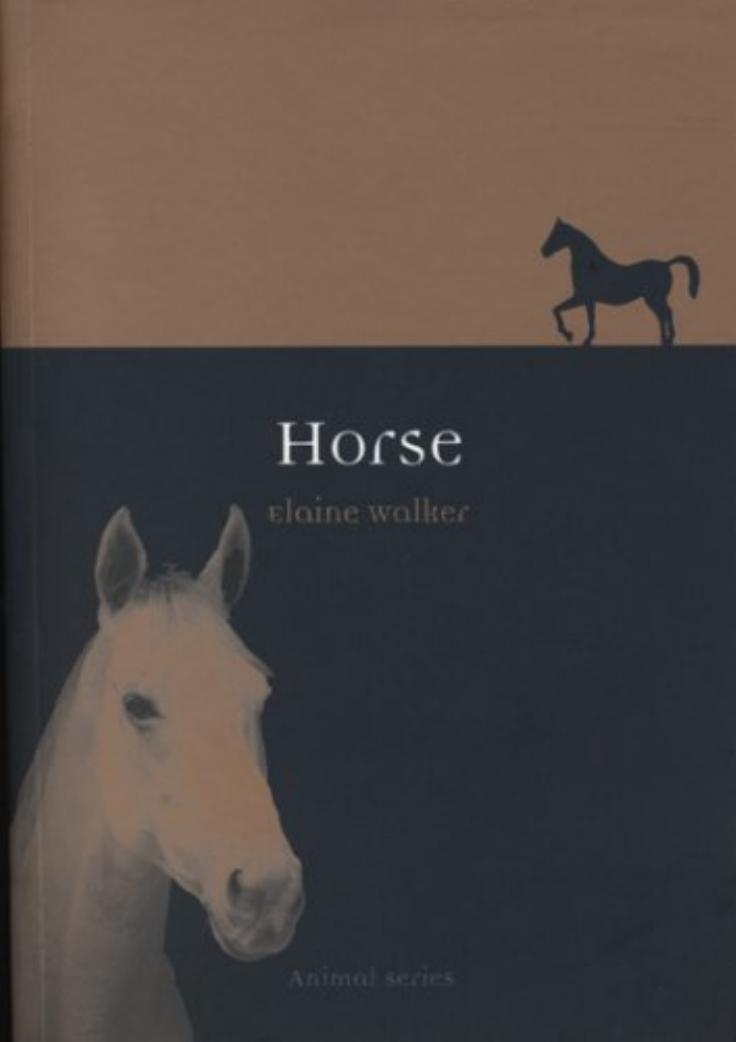Horse by Elaine Walker

Author:Elaine Walker
Language: eng
Format: epub, pdf
Publisher: Reaktion Books
Daniéle Da Meda’s photographic series, Gauchos shows traditional tools in modern hands. The images were taken in the southernmost state of Brazil, Rio Grande do Sul and explore the region’s sociocultural heritage in the modern world.
The Gaucho has solid principles. He believes in the given word and is true to his friends and to himself. He is austere. He has a definite concept of superior and subordinate. He is extremely patriotic and removed from politics. He imparts aesthetic beauty to handicrafts, silver work, weavings, braided leather and carvings in horn and bone. He uses language in a style of his own, in his stories and tales around the fire. He is a poet and musician, author, interpreter and dancer. He respects women and is sober in his love. Above all he has, and practices, a code of honour and conduct impossible without freedom. He has something that belongs to special people – a style of movement that implies aesthetics, manners and respect. He is proud of who he is.
These high ideals survive due to a strong sense of cultural identity, so that the horsemen of Argentina today ‘search for and find ourselves in the Gaucho’.11
A significant similarity between all these equestrian cultures is that they primarily feature male riders and owners, even though women have a long tradition of association with horses, going back to the days when Epona’s images were carved into the earth. However, the idea that riding is a male preserve was the dominant perspective in the Western world right until the turn of the nineteenth century, when riding astride became acceptable for women. In Eastern cultures, however, the traditional wide-legged trousers worn by women meant that riding astride had never been necessarily encumbered by skirts. Men did not always wear trousers, of course, and the simple tunic favoured by the Greeks and the Romans right through to the European middle ages must have made riding a breezy experience. Xenophon addresses the potential embarrassment of this when he writes that a rider should use his right hand to help himself leap elegantly onto his horse, so that ‘he will not look ungraceful, even from behind’.12
Women then, were not the only ones who had clothing or the lack of it to hamper their progress on horseback. However, while the Sarmatian women of the lower Volga steppes, reputed to have been the inspiration for the Amazons in Greek mythology, were known to hunt and fight in battle alongside their husbands, the perception of war and exploration as male endeavours seems to have tipped the balance where riding on horseback is concerned also. Women on horseback are frequently noted for exceptional qualities, such as Queen Isabella of Spain in the fifteenth century, who demanded a spirited horse before she was ten and went on to excel in the riding and breeding of fine Spanish horses, and, a hundred years later, Queen Elizabeth I of England, noted for her love of the hunting field. Female travellers on horseback challenged contemporary perceptions by setting out on ambitious journeys with little protection or support.
Download
This site does not store any files on its server. We only index and link to content provided by other sites. Please contact the content providers to delete copyright contents if any and email us, we'll remove relevant links or contents immediately.
Sapiens: A Brief History of Humankind by Yuval Noah Harari(14252)
The Tidewater Tales by John Barth(12608)
Mastermind: How to Think Like Sherlock Holmes by Maria Konnikova(7227)
Do No Harm Stories of Life, Death and Brain Surgery by Henry Marsh(6891)
The Thirst by Nesbo Jo(6828)
Why We Sleep: Unlocking the Power of Sleep and Dreams by Matthew Walker(6618)
Life 3.0: Being Human in the Age of Artificial Intelligence by Tegmark Max(5474)
Sapiens by Yuval Noah Harari(5294)
The Longevity Diet by Valter Longo(5021)
The Body: A Guide for Occupants by Bill Bryson(4974)
The Rules Do Not Apply by Ariel Levy(4861)
The Immortal Life of Henrietta Lacks by Rebecca Skloot(4525)
Animal Frequency by Melissa Alvarez(4395)
Why We Sleep by Matthew Walker(4360)
The Hacking of the American Mind by Robert H. Lustig(4318)
Yoga Anatomy by Kaminoff Leslie(4306)
All Creatures Great and Small by James Herriot(4233)
Double Down (Diary of a Wimpy Kid Book 11) by Jeff Kinney(4207)
Barron's AP Biology by Goldberg M.S. Deborah T(4098)
